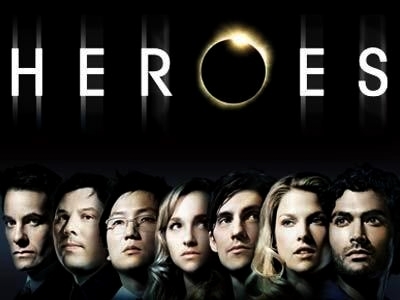
Where was the last video you watched online? YouTube, am I right? Launched in 2005, YouTube is currently the largest video sharing website on the Internet. The website is available in 12 different languages and well known all over the world. In August 2006, YouTube had acquired about 500,000 users and around 6.1 million uploaded videos. In the past two years, those numbers have with a doubt gone up.
BUT video sharing is not just about YouTube. Let me introduce you to Vimeo. Launched before YouTube, in 2004, Vimeo is another video sharing website with somewhat of a better emphasis on networking than the competition. As of 2007, Vimeo had 250,000 registered users and over 300,000 uploaded videos. Much like YouTube, Vimeo allows you to embed, share, store, and comment on videos.
So what's the difference here?

Vimeo videos are actually of much better quality than what can be found on YouTube. Nick Campbell wrote in his photo blog, Grey Scale Guerilla, about the differences seen in the video quality of one of his own movies when comparing the two video hosting websites.
"Notice how Vimeo keeps the skin tones looking warm, whereas Youtube has a tendency to blow out the skin tones and make everyone look too pink? Now that more people have hi-speed internet connection, it’s great to see the quality of video on the web get to a higher level."
Vimeo even has HI DEF capabilities! Instead of the typical 320 pixels x 240 pixels resolution that YouTube uses, Vimeo distributes 1280 pixels by 720 pixels on their High Def channel. Vimeo has made social media history by being the first to make this sort of HD distribution available to users.
Vimeo is also a great place to video blog, if that's what you're into. Musicians like Katy Perry and Josh Groban have jumped on this bandwagon and post fairly frequently to their blogs via their Mac laptops.
Although, currently YouTube is the powerhouse when it comes to numbers, getting exposure and hits, Vimeo has impressive video quality to offer and a more close knit online community. Many users are making the switch. Will you?
In my opinion, Vimeo is where it's at.
Video blogging is extremely important to social media PR practices. In our course blog, Dr. Weisgerber posted a blog entry about the YouTube video channel by Governor Perry's camp about Hurricane Ike Relief. The quality of the video is.. well, YouTube quality.. I think if they had hosted the video on Vimeo HD, the quality of the 30 second spot would have been far better in relaying the message and probably have made a much bigger impact on the its audience.








